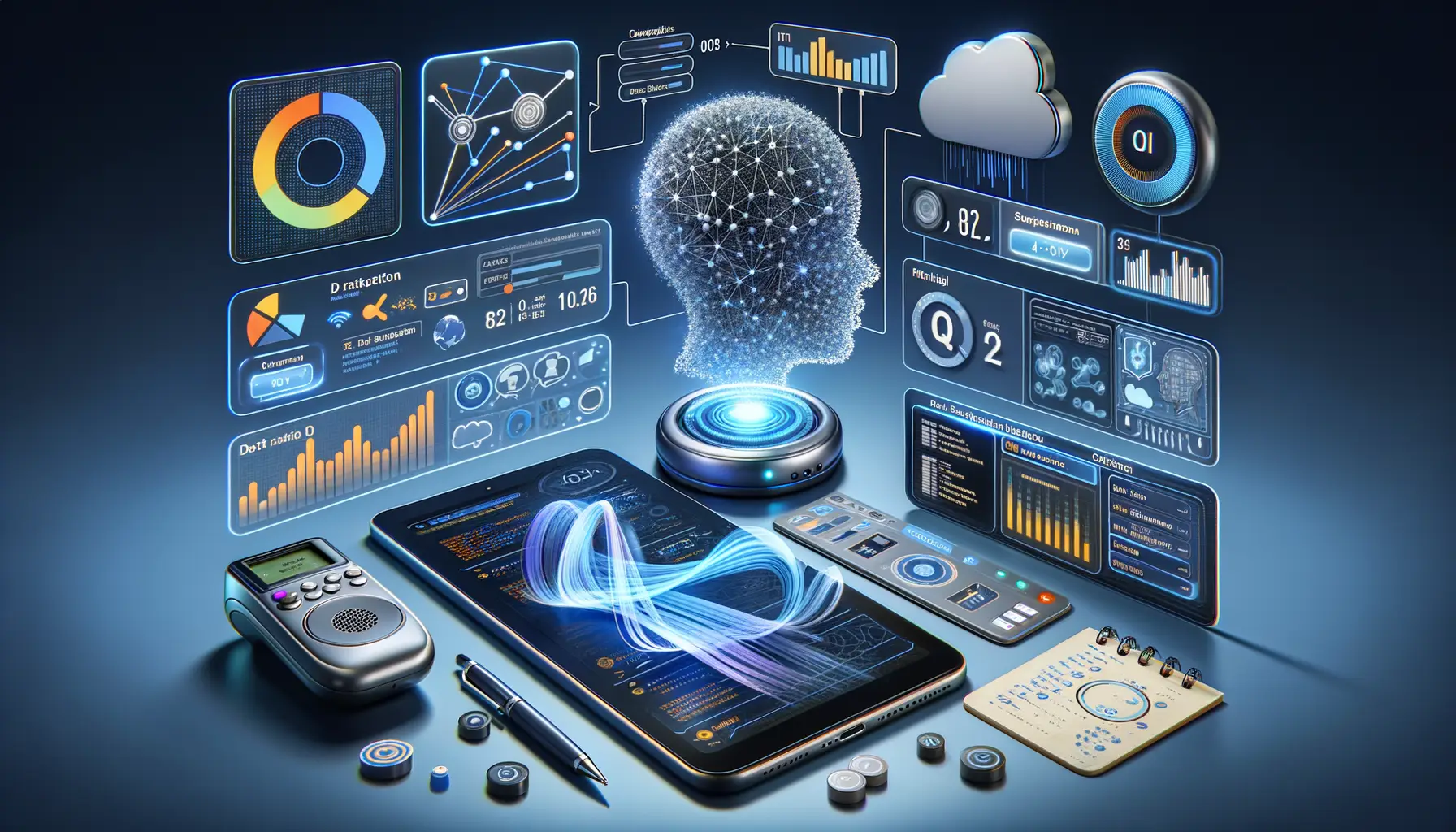Understanding AI Grading Systems and Their Role in Education
The Magic Behind AI Grading Systems
Imagine if essays, tests, and projects could be graded faster than you can pour your morning coffee. That’s the promise of AI grading systems. But what exactly happens behind the curtain? Think of these systems as ultra-efficient librarians who’ve memorized every book in existence. By analyzing patterns, spotting key concepts, and comparing inputs against pre-determined criteria, AI can provide lightning-fast feedback on a mountain of work.
What’s even more fascinating is how adaptable they are. From grammar checks to assessing the complexity of arguments, many AI tools learn and improve over time. For example, a high school English paper might be evaluated for its creativity and structure, while a college-level thesis could be judged on research depth and clarity. It’s a bit like having an expert teacher with endless patience, who never needs a cup of coffee to stay sharp.
Why Educators Are Paying Attention
Educators are increasingly intrigued by the efficiency and consistency of AI grading tools. Here’s why:
- Time-saving benefits: AI frees up teachers to focus on mentoring rather than drowning in stacks of papers.
- Unbiased analysis: Unlike humans, algorithms don’t bring personal bias to the table when evaluating student work.
- Personalized insights: Some systems can track patterns and flag areas where students struggle most.
Yet, behind the shiny surface lies a deeper question: Can AI truly understand the creativity, emotion, or nuance behind a piece of work? Is it just crunching numbers, or is there room for it to “feel” the heart of a student’s effort?
Key Ethical Concerns Surrounding AI in Grading
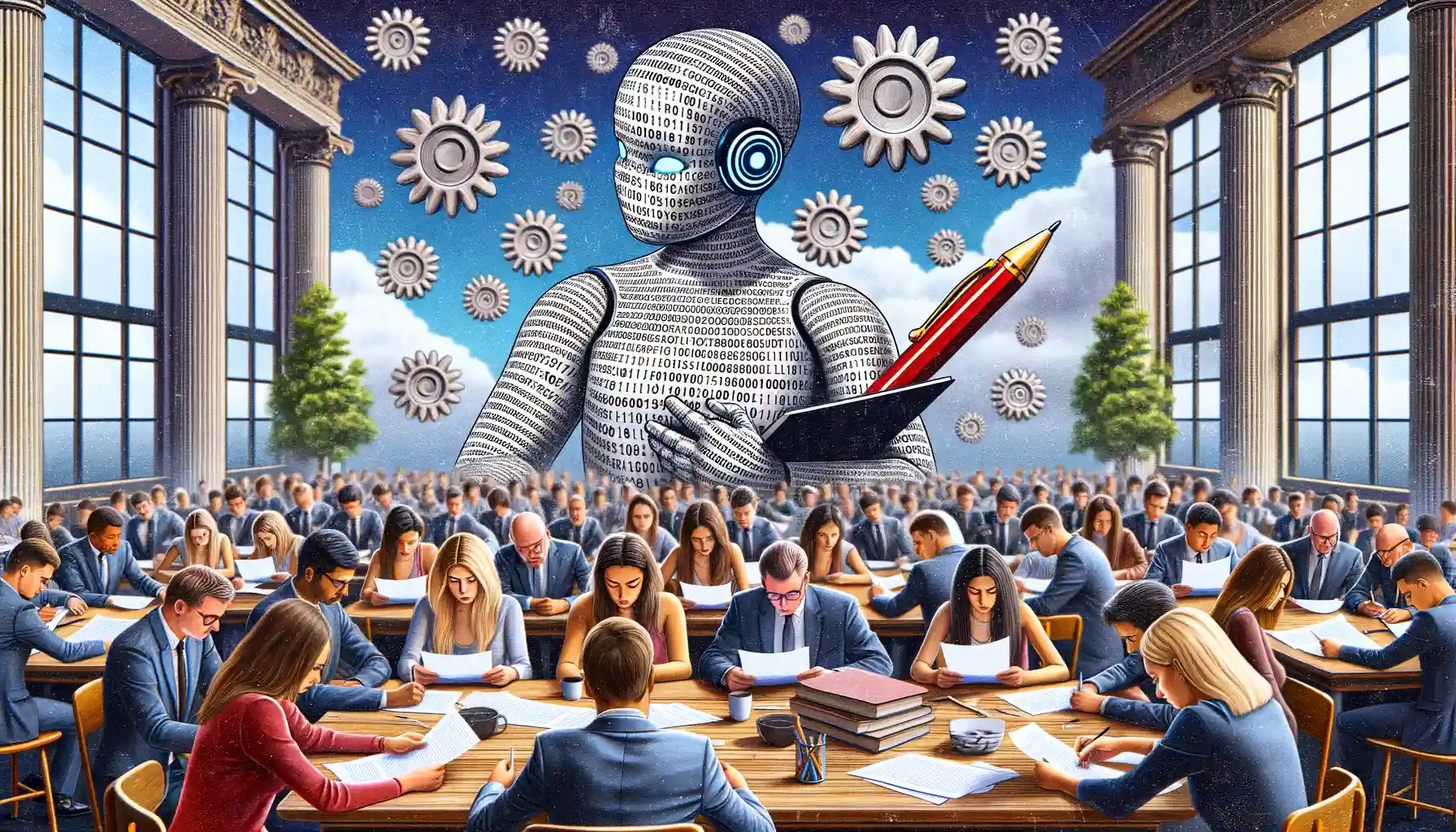
When Algorithms Judge: Can AI Be Fair?
Picture this: an invisible judge sits in the classroom, tirelessly analyzing essays, math problems, and creative projects. That’s your friendly AI grading system. But here’s the catch—how “friendly” is it really? One key concern is *bias*. Whether we like it or not, AI can reflect the biases of its creators or the data it was trained on. For example, imagine a student using culturally specific phrases in an essay, only for the AI to mark them as “incorrect” because they’re outside its programmed knowledge. Fair? Hardly.
Another worry: transparency. Ever felt frustrated by something you don’t understand? Now imagine a student getting a low grade from an algorithm and not knowing why. AI systems are often called “black boxes” because their decision-making processes aren’t clear. Students and educators deserve to know how grades are determined—and when errors might have cropped up.
- Does the AI favor certain language styles over others?
- Are creative or unconventional answers penalized unfairly?
The Emotional Toll: Students vs. Machines
Here’s a thought: education is personal, but can a machine ever truly connect with a student? For learners, grades are more than numbers—they’re validation, feedback, motivation. An AI’s cold output might unintentionally strip away that emotional layer, leaving students feeling more like data points than individuals. And let’s not forget, mistakes happen! What if a critical typo in the system wrongly lowers someone’s grade? The sting of injustice is hard to forget, especially when there’s no human teacher to turn to for empathy.
Perhaps the biggest question is this: should we trust machines with something as deeply human as assessing learning? Every time AI steps in, it challenges our balance between efficiency and compassion.
Impact of AI Grading on Students and Educators
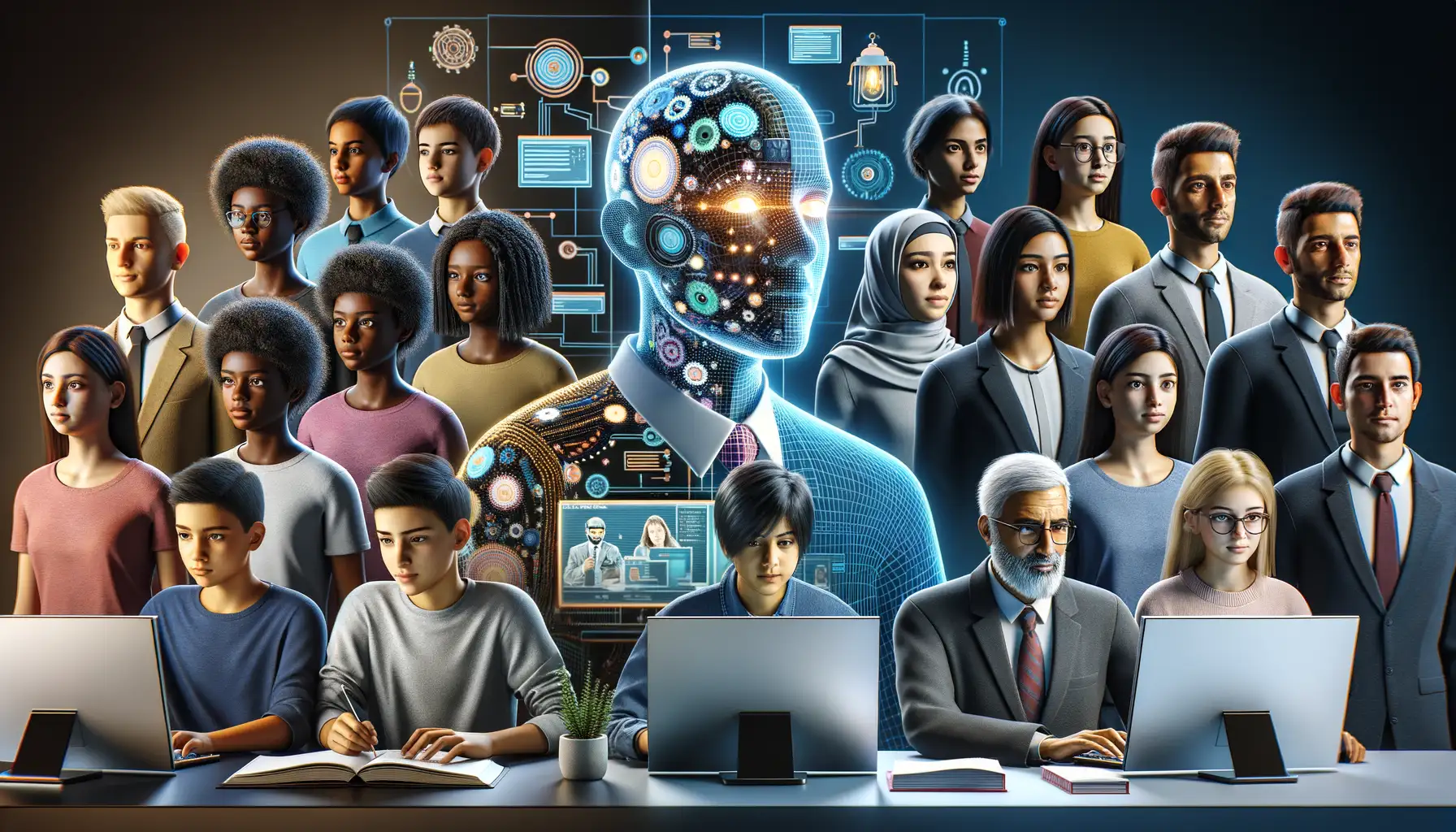
Shaping the Classroom Dynamic with AI Grading
Imagine stepping into a classroom where the traditional red pen is replaced by an invisible, unbiased algorithm. For students, this shift can feel like entering uncharted territory. They’re no longer just hoping to win over a teacher’s subjective opinion but must instead impress the cool, calculating “brain” of an AI. Some love it—finally, a level playing field! Others? They might feel like creativity and nuance are being poured into a machine that only speaks the language of cold data.
For educators, it’s a whole different ballgame. The hours once spent pouring over essays or analyzing test answers? Freed up thanks to AI’s swift assessments. But there’s a trade-off: the deep understanding teachers gain of their students through grading disappears. Consider this—how well can you truly know someone if a machine handles most of the communication?
Students: Voices Heard, or Voices Lost?
The impact on students is deeply personal. On one hand:
- They benefit from faster feedback, empowering them to improve quickly.
- They perceive fairness, especially when bias against handwriting or other subjective factors is eliminated.
But here’s the twist: some students feel reduced to numbers and data points. What happens to the outliers—the poet who bends grammar to evoke feeling or the student who writes for heart, not rules?
Educators, meanwhile, might celebrate AI as a colleague they’ve always needed. It’s reliable, untiring, and ready to point out inconsistencies. Yet, there’s a quiet ache in handing over judgment. Can a glowing screen ever fully replace the human connection of, “I see what you were trying to say here”?
Balancing Innovation with Fairness in AI Grading
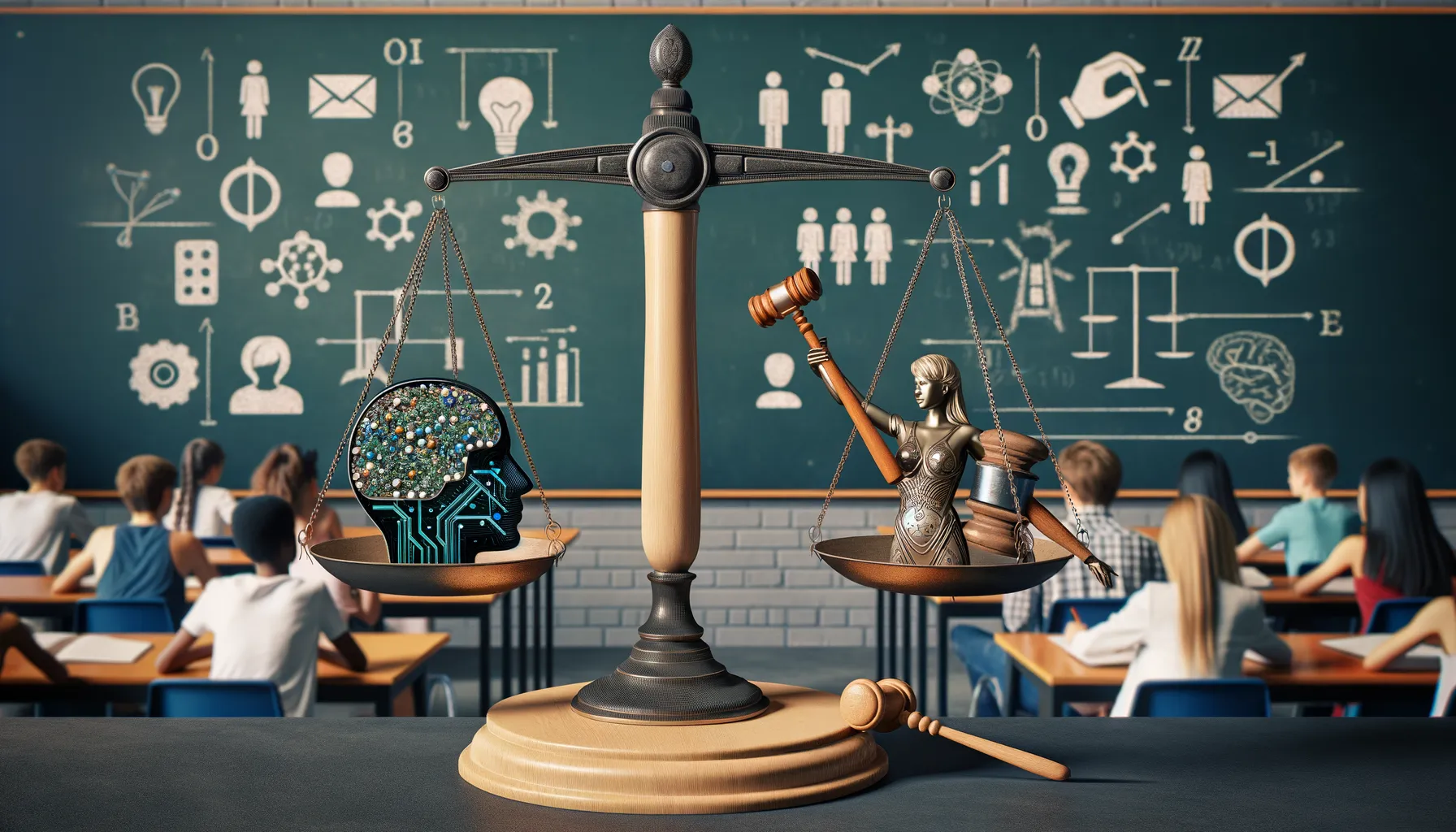
Why Fairness Must Be the Core of AI Grading
AI in grading is exciting, isn’t it? Imagine a machine zipping through thousands of essays, spitting out results with the speed of light. But here’s the rub: can technology truly grasp the nuance of human effort? A student’s heart might be poured into crafting a unique perspective—how do we ensure an algorithm “sees” that and doesn’t flatten it into statistical noise?
Fairness in AI grading isn’t just some lofty ideal. It’s about real-life consequences for your students, friends, or even kids. For instance, how does an AI weigh creativity against grammar when grading essays? Does it *really* understand sarcasm or cultural context? These questions aren’t just nitpicks—they’re the crux of making AI grading both innovative and just.
- AI must recognize diverse thought processes, not penalize them.
- The system should adapt to individual learning styles, not act like an uncompromising gatekeeper.
Bridging Innovation with Human Insight
Here’s the secret sauce: machines shouldn’t replace human judgment—they should enhance it! Picture this: a teacher using AI as an assistant to identify patterns, like which students struggle with specific concepts, while still having the final say. This partnership could be a game changer.
But to get there, we need transparency. What criteria is the AI evaluating? How does it prioritize certain aspects? Without clear answers, trust hangs by a thread. And honestly, who wants their work judged by a black box?
Ultimately, balancing innovation with fairness boils down to keeping the human element alive. After all, education isn’t a one-size-fits-all journey, and neither should grading be.
Recommendations for Ethical Implementation of AI in Education
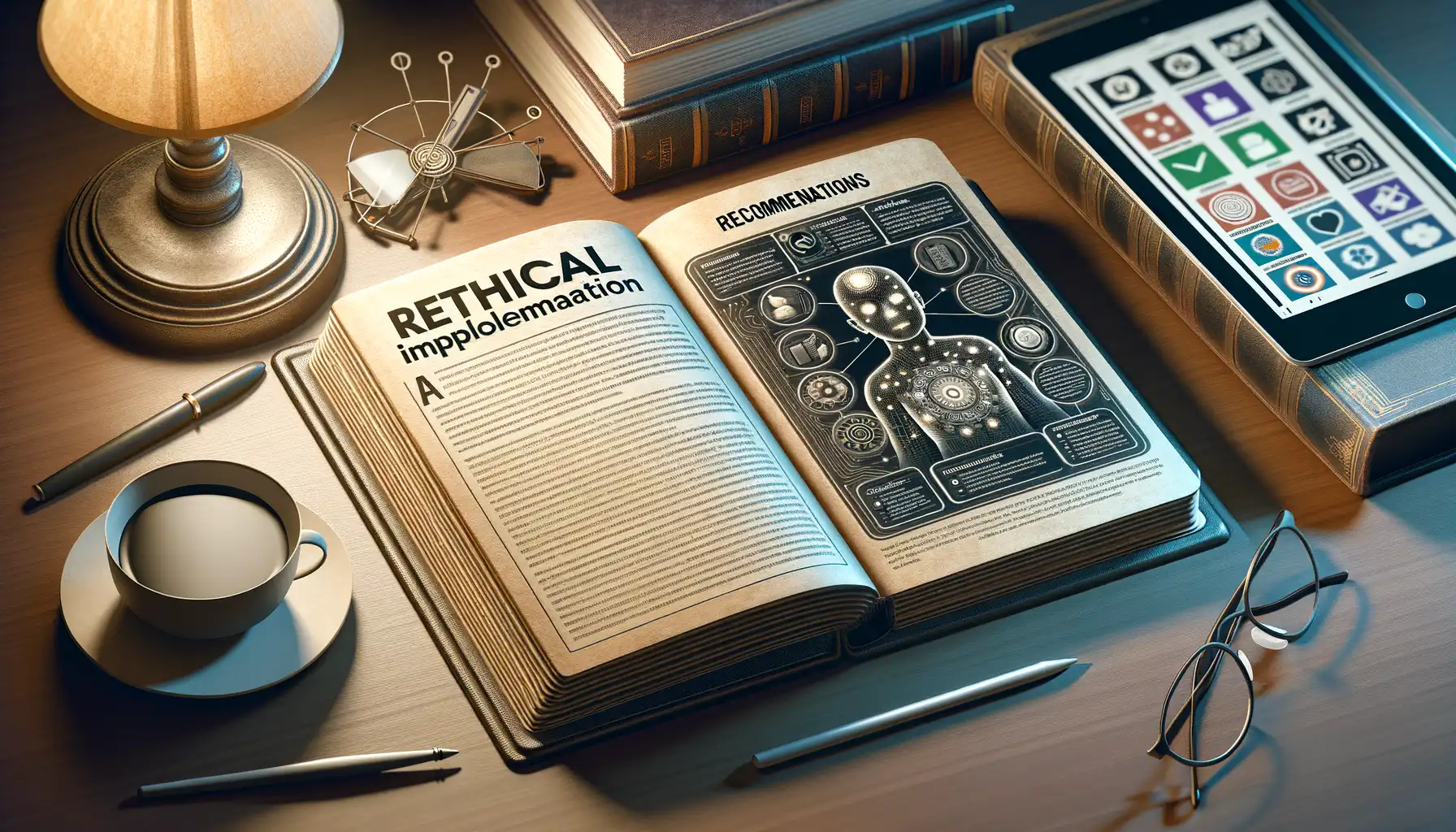
Fostering Transparency and Trust in AI Tools
Imagine this: you’re a student waiting for your essay grade, but instead of a teacher’s thoughtful feedback, an algorithm delivers a score. Confusion sets in. How was it graded? Did the AI understand your creative points or unique perspective? This is where transparency becomes essential.
To ensure AI is embraced as a helpful partner in education—not a cold, confusing overlord—educators and institutions must provide clear explanations of how these systems work. For example:
- Share detailed insights about the criteria the AI uses to assess assignments.
- Offer students access to feedback reports generated by the system to demystify the grading process.
When students (and teachers!) trust the process, they can focus on learning rather than second-guessing the technology. It’s not just about producing grades—it’s about creating a sustainable relationship between humans and AI.
Empowering Ethical Decision-Making with Human Oversight
AI might be brilliant at processing data, but empathy? Nuance? Recognizing cultural context? That’s humanity’s strong suit. Pair the two, and you’ve got a dream team!
By embedding human oversight into AI grading, we prevent the “set-it-and-forget-it” mindset. Skilled educators should regularly review AI decisions to catch bias, ensure fair assessments, and make those judgment calls that algorithms simply cannot. Imagine an AI docking points for a student’s innovative take on a question because it didn’t fit traditional patterns—this is precisely where human intuition shines.
Ultimately, ethical AI requires more than programming; it demands collaboration, shared responsibility, and a commitment to keeping the human touch alive in education.


